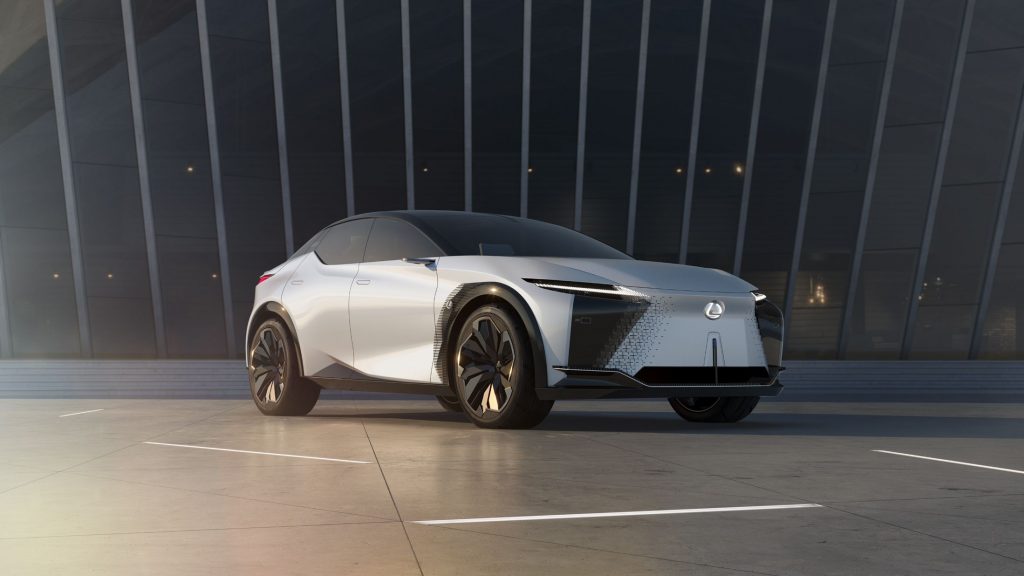Lexus has unveiled its new electric vehicle concept, the LF-Z in a global online debut.
The new LF-Z Electrified concept incorporates driving performance, styling and technologies that Lexus plans to realise by 2025. The company says that its new EV will have an outstanding WLTP range of 600 km, and it will be powered by a 90-kWh battery with 400kW (536hp) motors providing 700Nm of torque. The car is also expected to be extremely quick as it will be able to go from 0 to 62 mph in just 3 seconds.
The LF-Z Electrified delivers this through its use of advanced technologies and a dedicated EV platform. For example, it achieves superior dynamic performance, thanks to the ideal location of the battery and electric motor, DIRECT4 all-wheel drive technology and other features that ensure a high degree of mobility freedom that sets it apart from conventional vehicles.
Its use of a dedicated EV platform is a fundamental step in realising the Lexus Electrified goal of “using electrification technology to achieve a significant evolution in basic vehicle performance.”
Positioning the battery longitudinally beneath the floor makes for a more rigid vehicle structure, lowers the car’s centre of gravity, and helps absorb noise and vibrations from the road surface. This approach further raises the level of quietness and ride comfort – long-established hallmarks of Lexus vehicles – and also makes for a more spacious and comfortable cabin.
The new DIRECT4 all-wheel drive control system also sets the concept apart from conventional vehicles. The system allows for free, independent control of the high-torque motor’s drive force to all four wheels. It will adapt to provide front, rear, or all-wheel drive as appropriate to any driving situation, helping control vehicle posture.
The steering is by-wire, so there is no mechanical connection to the steering shaft. This gives a more direct correlation between steering operation and driving force so the vehicle can turn with less steering angle in response to the driving conditions.
The exterior bodywork is deeply sculpted and with the fact that the high-output electric motor is mounted at the rear it contributes to a dynamic and agile performance. The designers have taken up the challenge of evolving the iconic Lexus spindle shape to realise a new “spindle body”, creating a new expression of the vehicle’s architecture.
The vehicle’s artificial intelligence (AI) uses dialogue with the driver to learn their personal preferences and behaviour characteristics, enabling it to make helpful suggestions such as details about route guidance and destination information.
This new model is meant to highlight the fact that Lexus is committed towards its all-electric future but that it will keep manufacturing exciting models, according to Koji Sato, President and Chief Branding Officer, Lexus International.
“While fulfilling our social mission of realising a carbon-neutral society, we will continue to provide the fun and joy that cars bring, and we will contribute to the happiness and smiles of our customers and everyone involved with Lexus,” he said.
By 2025, Lexus will introduce 20 new or upgraded models, including more than 10 battery electric (BEVs), plug-in hybrid electric (PHEVs) and self-charging hybrid electric (HEVs) to meet the needs of different countries and regions around the world.
The company has also said that Lexus intends to offer electrified versions of all its models by 2025. It further aims to achieve carbon neutrality throughout the entire lifecycle of all its models by 2050, including in materials manufacturing, parts and vehicle logistics and disposal and recycling.
